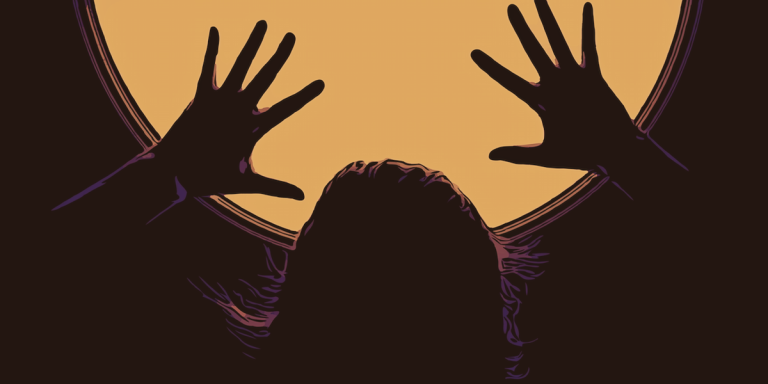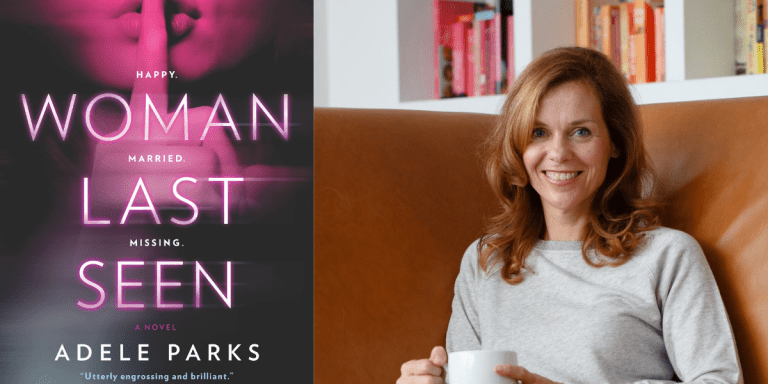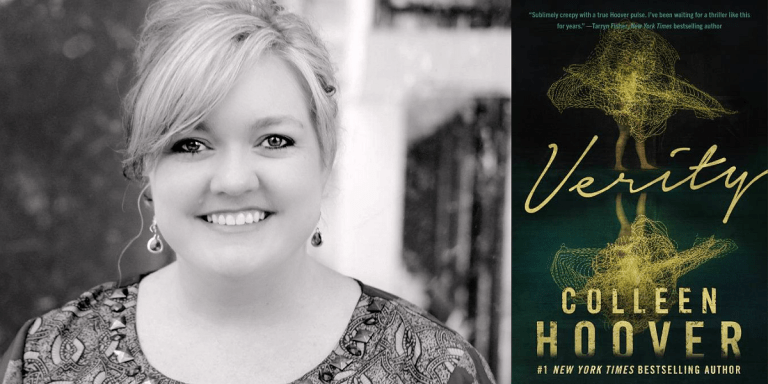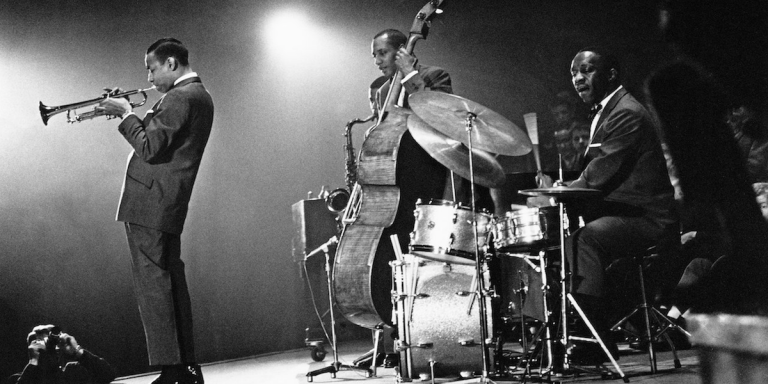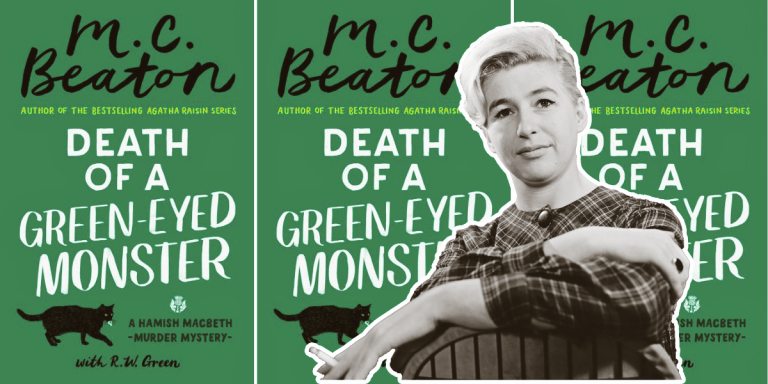Jennifer Fawcett on Writing Her Debut Thriller Beneath the Stairs
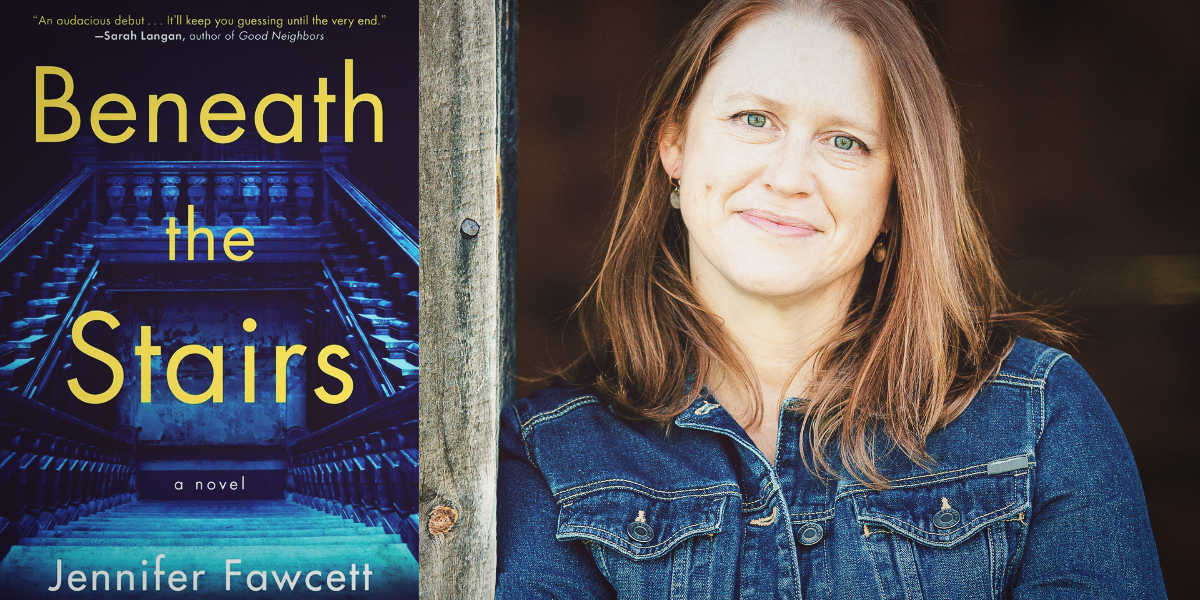 NS: At the center of Beneath the Stairs is a tragic murder that takes place in a haunted house in upstate New York. What was the inspiration behind the Octagon House? Can houses be haunted? If so, have you ever / would you ever visit one? (All stories welcome.)
NS: At the center of Beneath the Stairs is a tragic murder that takes place in a haunted house in upstate New York. What was the inspiration behind the Octagon House? Can houses be haunted? If so, have you ever / would you ever visit one? (All stories welcome.)
JF: I should probably start with a confession: I am a giant chicken when it comes to all things haunted. People keep telling me how scary they find the book, which is great and makes me seem much tougher than I am, but I feel like I should come clean. I have been in a grand total of ONE haunted house, and it made such an impression that Beneath the Stairs came out of it.
When I started writing this book, the image that I started with was of four girls standing in front of a haunted house trying to decide if they could be brave enough to go in. I knew very well that mix of childish bravado and the dread of being made fun of that would take them over that threshold because the summer I was thirteen, I had done it too. My friends and I found out about an abandoned house in the shape of an octagon. It was supposedly haunted, so of course, we dared each other to go in. What thirteen-year-old can refuse a dare?
As soon as I crossed over the threshold, I felt the residue of something that had been left behind. It was like walking into a cold patch of water. I don’t know if there were ghosts or spirits in that house, but there was some kind of energy. It felt both abandoned and alive.
Despite this, when I was writing this book, I still wrestled with the question of whether a place can actually be haunted. If human actions generate energy, it feels conceivable that that energy could be left behind. Or is it created by what we bring into it? That house was terrifying for me because somebody told me it would be. In the end, I’m not sure if it matters because the experience is always going to be driven by perception.
(Interesting side note: I was once told that people built houses with eight sides so the devil couldn’t get them in a corner. It makes you wonder about what the person who built the house was trying to avoid!)
NS: Much of this story is about confronting trauma and uncovering how our past may influence our future in unpredictable ways. How did you use the emotional aspect of Clare and Abby’s journey to weave your suspense without bogging down the story as a whole?
JF: For me, the emotional stakes for the characters and the suspense for the readers are connected. If you don’t care about the characters, it will be impossible to generate tension. The actions of Clare and Abby are motivated by their emotions in the moment: Clare feels betrayed by Abby stealing a picture of her mother, and then Abby feels abandoned by Clare and is vulnerable in that loneliness. I did some things, like compressing time, that helped build a feeling of suspense, but that decision was motivated by what made emotional sense. All of the events around Abby and Clare going into that house happen on the same day. What starts out as a normal day gets out of their control. That felt real to me. I’ve always been fascinated with how a seemingly small decision can ripple into the future and change everything. We can only move forward in time, but it is very human to want to reach back and pinpoint that moment of change.
NS: When crafting a plot that relies so heavily on so many characters’ trauma or some unfortunate event that happened in their past, what are things to keep in mind? The genre is already so dark. How do you balance the characters and the plot while keeping the reader engaged and hopeful?
JF: I think this gets at why we read stories. They offer a release, an opportunity to safely step outside of our experiences and get inside another’s. I fundamentally believe that that is very important for our happiness, mental health, and growth as social creatures.
Everybody has a different threshold for darkness, so I go into this knowing that the balance that feels right to me may not feel right to another. But as much as I like dark stories, I do think we need hope. I don’t want to tie everything up in a neat bow, but I want the reader to know that the characters will move forward past the arc of the story. There have been times when I’ve been reading a story, even if it had no relation to what was going on in my life, that having a character find hope in darkness has helped me believe I could too.
NS: There are multiple timelines in Beneath the Stairs that follow the main characters, the owner who built the Octagon House, and the man who murdered his family there. Which came first?
JF: The two primary timelines, the present and Clare and Abby as teenagers, were born simultaneously. I’m fascinated by the long-term effects of violence, and knew that if they had gone into this house as girls, that experience would ripple into their adult lives. The earlier timelines were created as I started to imagine what had happened in this place to make it what it was. I’ve always been drawn to abandoned places and liked to imagine who had been there years and years ago. There were some old buildings near where I grew up, and I did this as a kid, so these older timelines were a natural extension of that impulse.
NS: This is your first novel. Are there any more books in your future you would like to share with us?
JF: There are definitely more books. The one I’m working on now is loosely based on a true story and has to do with a disappearance in a lake, but that’s all I’m going to say now. Stay tuned!
Read the Book
Few in sleepy Sumner’s Mills have stumbled across the Octagon House hidden deep in the woods. Even fewer are brave enough to trespass. A man had killed his wife and two young daughters there, a shocking, gruesome crime that the sleepy upstate New York town tried to bury. One summer night, an emboldened fourteen-year-old Clare and her best friend, Abby, ventured into the Octagon House. Clare came out, but a piece of Abby never did.
Twenty years later, an adult Clare receives word that Abby has attempted suicide at the Octagon House and now lies in a coma. With little to lose and still grieving after a personal tragedy, Clare returns to her roots to uncover the darkness responsible for Abby’s accident.
By clicking 'Sign Up,' I acknowledge that I have read and agree to Hachette Book Group’s Privacy Policy and Terms of Use
